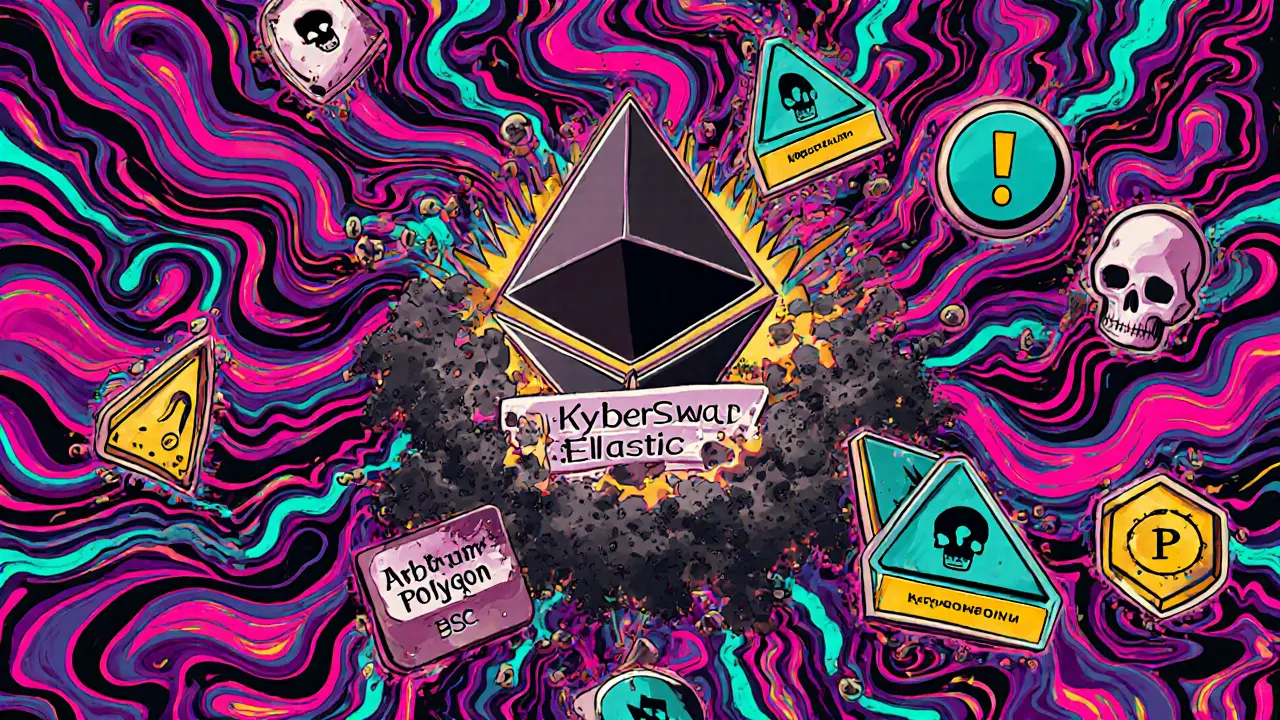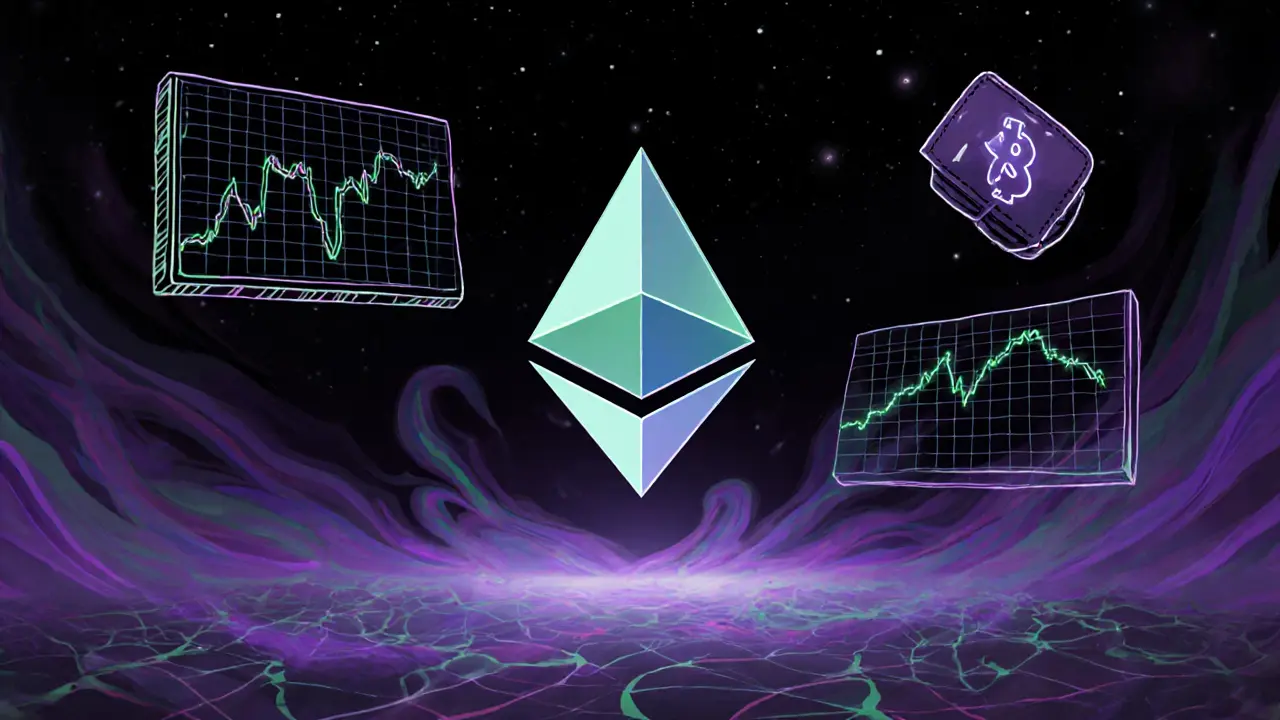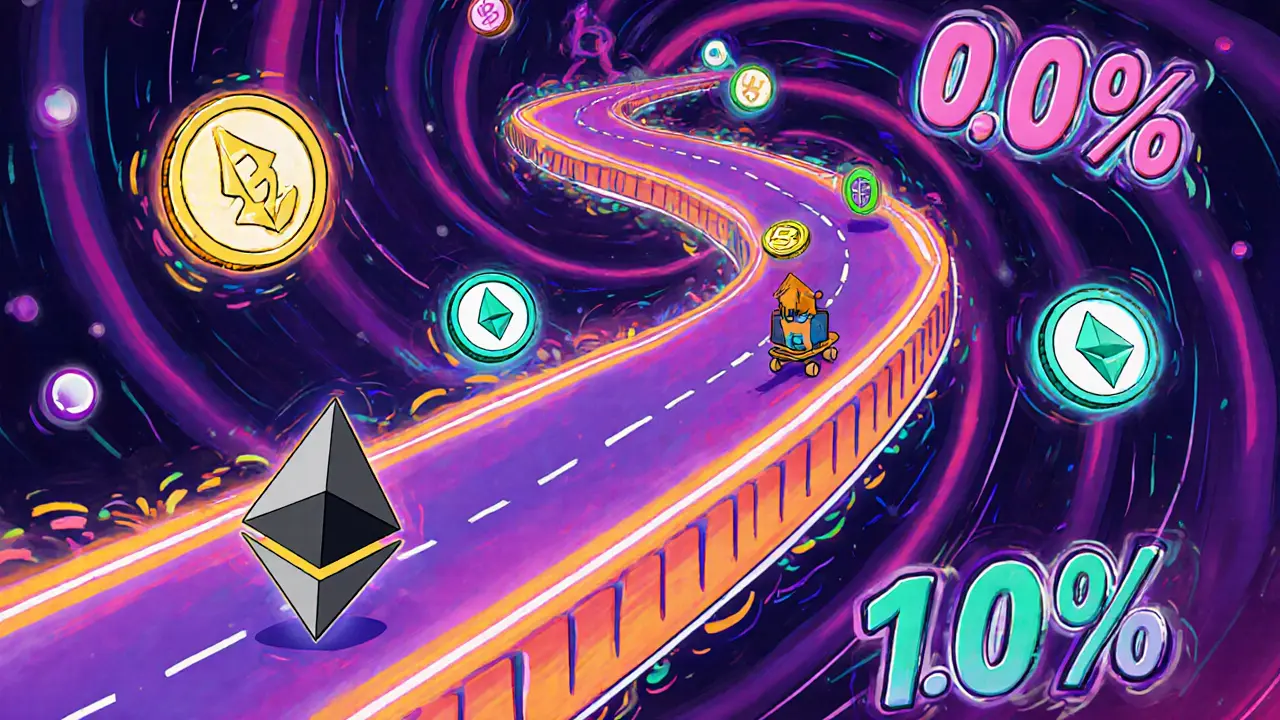Ethereum DEX: What They Are, How They Work, and Which Ones Still Matter in 2025
When you trade crypto on an Ethereum DEX, a decentralized exchange built on the Ethereum blockchain that lets users trade directly from their wallets without a middleman. Also known as a non-custodial exchange, it removes banks, brokers, and order books—replacing them with smart contracts and liquidity pools. This isn’t just theory. It’s how millions move money every day, whether they’re swapping ETH for a new memecoin or locking up tokens to earn yield.
But not all Ethereum DEXs are the same. Some, like Uniswap, the most widely used DEX on Ethereum, known for its simple interface and massive liquidity pools, have become infrastructure—like digital gas stations for crypto. Others, like PancakeSwap, a popular DEX built on Binance Smart Chain but often compared to Ethereum DEXs due to similar mechanics, attract users with lower fees and higher rewards, even if they’re not on Ethereum. Then there are the ones fading out—like JulSwap—where liquidity dries up, no one trades, and the token barely moves. The difference isn’t just branding. It’s about active users, real volume, and whether the smart contracts are still being maintained.
What makes an Ethereum DEX worth using in 2025? It’s not just about the name. It’s about whether the pool has enough depth to let you trade without your order slippage by 20%. It’s whether the team behind it is still pushing updates, or if they vanished after the last airdrop. It’s whether you can actually swap your tokens without getting stuck in a dead pool. Some DEXs now use zkRollups or other Layer 2 tech to cut costs—like DeGate—but if nobody’s trading on them, the low fees don’t matter. You need both speed and volume.
And then there’s the bigger picture. Ethereum DEXs are part of DeFi—the whole ecosystem of lending, staking, and yield farming that runs on blockchain. But DeFi doesn’t mean free money. It means responsibility. If you’re using a DEX, you’re managing your own keys, your own risk. No customer support line. No chargebacks. One wrong click, and your funds are gone. That’s why wallet security and knowing which DEXes have been audited matters more than ever.
Below, you’ll find real reviews of exchanges people actually used—some thriving, some dead. You’ll see which DEXes still have daily volume, which tokens are just ghost assets, and which platforms are still worth your time. No fluff. No hype. Just what’s working in 2025—and what’s not.
KyberSwap Elastic (Ethereum) Crypto Exchange Review: What Happened and Is It Still Safe?
KyberSwap Elastic on Ethereum promised automated compounding and concentrated liquidity but was crippled by a security breach in October 2025. Now inactive with $0 trading volume, it's a cautionary tale for DeFi users chasing high yields.
WhiteSwap Crypto Exchange Review: Is This Ethereum DEX Worth Your Time?
WhiteSwap is an Ethereum-based DEX with no volume, no audits, and no community. Despite claims of community control, it lacks transparency and real usage. Avoid unless you're comfortable with high risk and zero support.
Uniswap v3 Ethereum DEX Review: Fees, Liquidity, and Real-World Performance
Uniswap v3 on Ethereum is the most powerful decentralized exchange for crypto traders and liquidity providers. Learn how concentrated liquidity, fee tiers, and layer 2 networks make it the top choice for DeFi users in 2025.


